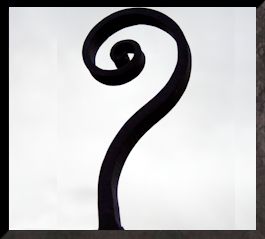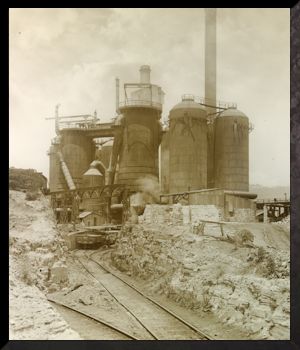|
|
|
|
||||
|
|
STEEL WORKS OWNER GEORGE HOSKINS BUYS LAND AT PORT KEMBLA
The enormous demands of steel and iron production for World War I had strained the Lithgow ironworks to breaking point, and Charles Hoskins had already bought a coal mine, at Wongawilli on the South Coast, because it was high quality coking coal. Although the early 1920s saw a boom in iron and steel orders, the move south proved decisive. According to Cecil Hoskins:
Hoskins made an offer on land belonging to W.C. Wentworth, who was a descendant of William Charles Wentworth who crossed the Blue Mountains in 1813. In 1924 Charles and Cecil Hoskins and their wives travelled to Port Kembla to meet with W.C. Wentworth, and finalise the purchase: ‘The four of us had a picnic in the virgin bush beside the creek where the merchant mills now stand.’ It was a symbolic, sylvan end to Charles Hoskins’ involvement with the iron industry. He passed his business on to his surviving sons Cecil and Sid Hoskins, and went for a holiday overseas with his wife Emily. Shortly after he returned, in February 1926, he died. Cecil said ‘it was not meant that he should see the fulfilment of his plans for Port Kembla, but it is safe to say that he died content in the assurance that they would be consummated.’ Later in 1924 Hoskins Iron & Steel Co. Limited conducted a share issue and raised funds to build a blast furnace at Port Kembla. It amalgamated with the engineering and fabricating business of Dorman Long & Co in Sydney, a rolling mill from Baldwins Limited of England and the shipping agents Howard Smith Limited, and held another share issue that raised £5 million. The stage was set for the removal of the Blast Furnace. SOURCES Sir Cecil Hoskins, The Hoskins Saga, 1968 Bob McKillop, Furnace, Fire and Forge, 2006. |
|
||||
|
|
|
|


